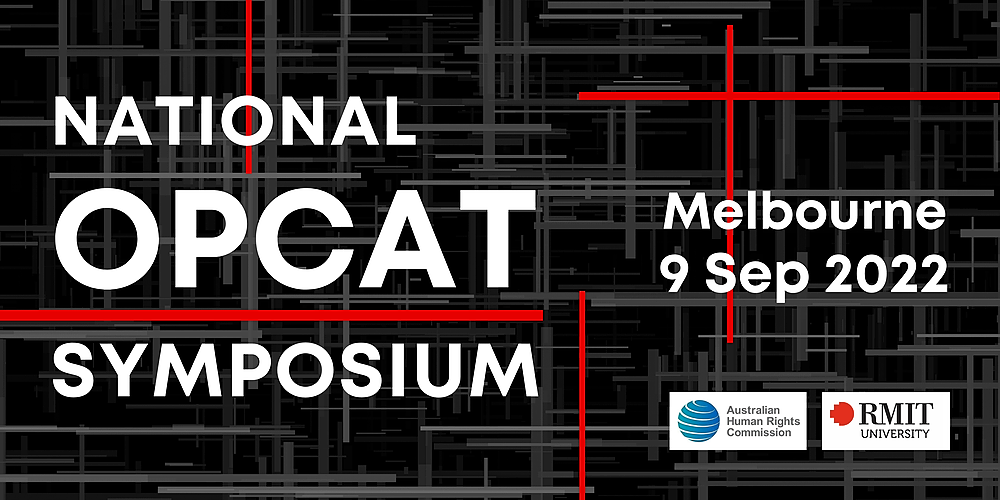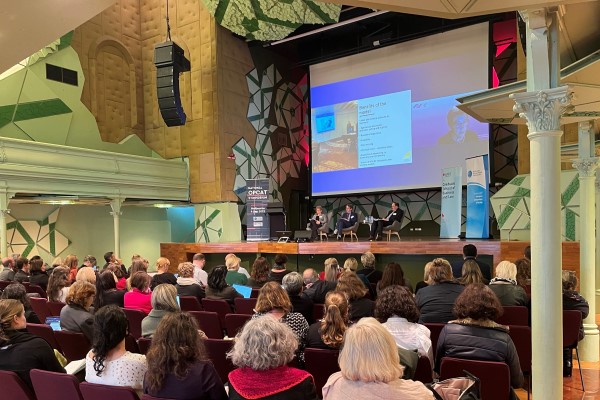The OPCAT Symposium
Despite the rapidly approaching deadline, there was a real sense of optimism throughout the day. Attendees from over 42 statutory agencies and commissions, and from a range of NGOs, were able to come together to discuss what a best-practice OPCAT should look like. This was facilitated by the breakout discussions which canvassed opinions and feedback on how successful NPMs should operate.
From how to uphold children’s’ rights in places of detention, to the need for NPMs to investigate places where people with disability are confined, and for culturally safe and inclusive practices, participants debated ways to ensure that the rights of everyone in detention are protected from torture and ill-treatment.
One notable champion of justice was Dr John Chesterman, Queensland’s Public Advocate, who was a keynote speaker during the event. Chesterman emphasised that NPMs must visit both ‘primary’ and ‘secondary’ places of detention.
For those not in the know, ‘primary’ places of detention are places such as prisons, immigration detention facilities and police watchhouses. ‘Secondary’ places of detention include mental health facilities, aged care and disability group homes.
Chesterman observed that the distinction between ‘primary’ and ‘secondary’ places of detention is an arbitrary one that has been adopted by government. “It is not a distinction that means anything to the people that are being detained” continued Chesterman in calling for all NPMs to visit both ‘primary’ and ‘secondary’ places of detention. All people in detention need protection from torture, and to be treated with dignity and respect.
We are hopeful that the Symposium will encourage Federal, State and Territory leaders to focus on the remaining steps needed to ensure implementation. The feedback provided throughout the event will also help to inform the AHRC’s upcoming Roadmap to OPCAT Compliance, to be published shortly. The roadmap will set out a clear pathway towards best practice implementation.
Over the coming months, there will be significant focus on Australia, with the UN SPT visit in October, our country’s appearance in Geneva in November, and the OPCAT deadline in January 2023.
There is still much work to be done, but the expertise and commitment that was on display at the National OPCAT Symposium should leave us feeling positive about Australia’s future progress.
OPCAT is of the utmost importance in upholding the human rights for all Australians in places of confinement. It will ensure there are protections in place again torture and all forms of ill-treatment.
The National OPCAT Symposium was a significant opportunity both to highlight this, and to chart the way forward for Australia’s implementation of OPCAT. A recording of the morning presentations from the National OPCAT Symposium can be found here.
Authors: Professor Bronwyn Naylor (GSBL) and Patrick J. Hooton (Australian Human Rights Commission).








